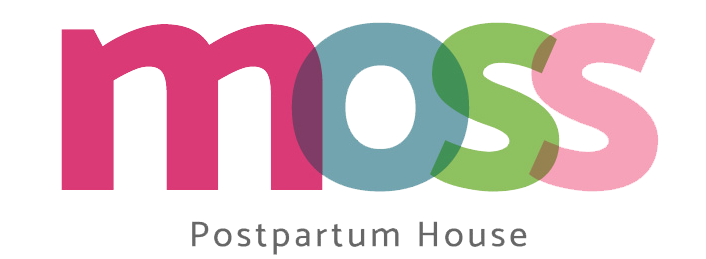Our Physical Therapists focus on Pelvic Health through prenatal education, birth preparation and postpartum recovery. Physiotherapy is recognized as the first choice of treatment for incontinence and prolapse, as well as preparing labour/delivery and aiding in rehabilitation postpartum.
FAQs
An internal exam sounds kind of intimidating, what happens during this exam?
Your pelvic physiotherapist will start the session with a thorough discussion to review your medical history and understand your symptoms, reason for seeking treatment, and goals. There will be an explanation of the pelvic floor muscle anatomy and how the assessment will be performed. For the internal assessment, the client will be in a comfortable position with a drape sheet over their lap. With consent, the therapist will insert 1 to 2 gloved digit(s) beyond the labia majora or anal verge. The assessment is gentle and lubrication is used for comfort. The therapist will be assessing the pelvic floor muscles for tenderness, tone/tension, and the ability to contract and relax, among any other tests required based on your individualized needs. Your comfort level is the primary importance and will always be respected during the assessment.
Should I be seeing you before and after birth?
Both prenatal and postpartum pelvic physiotherapy are very helpful to help you prepare for and recover from birth. Seeing a pelvic physiotherapist throughout your pregnancy will help you learn optimal posture and alignment, movement patterns, breath work, proper relaxation and activation of your deep core and pelvic floor muscles, and progressive strengthening exercises as your body changes. It can also help you manage and prevent bothersome symptoms such as pain, pressure, and/or urinary leakage. At 35-36 weeks of pregnancy, your therapist will teach you helpful labour and delivery preparation techniques such as; perineal stretching and massage, mobility exercises to optimize labour, pushing and breathing strategies, as well as optimal birthing positions to help you feel prepared for birth and optimize your postpartum recovery.

